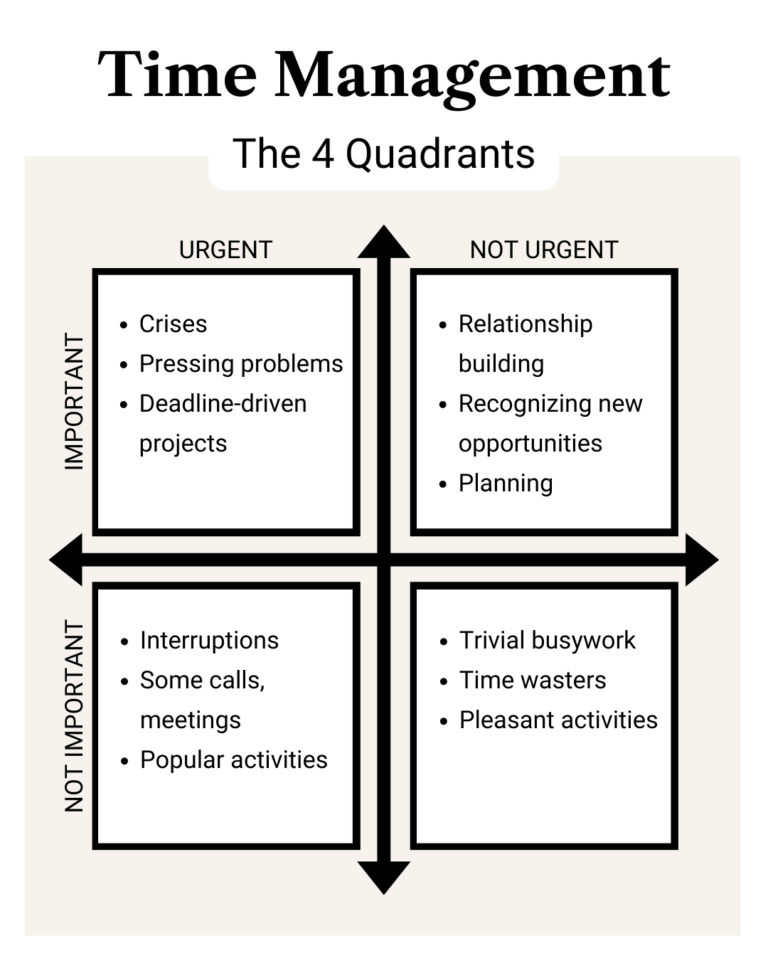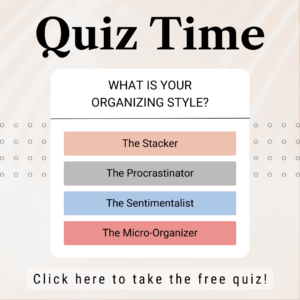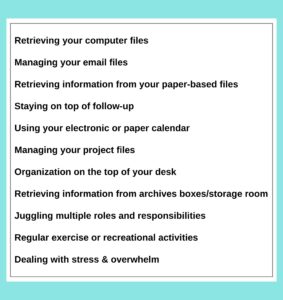

Where do Unfinished Projects Accumulate?
Unfinished projects can accumulate just about anywhere. The first places that may come to mind are at home and in workspaces, but how about beyond these?
Have you been noticing all the new storage facilities going up in your area over the last few years?
I sure have, and I’m not surprised when I think of all the stuff that people have accumulated over the years. Especially since quick fixes and disposable gadgets have became very popular seemingly overnight, this situation has only inflated.
In fact, retail stores are now carrying more organizational products than ever before and personal storage has become a multi-billion dollar industry… and it is still growing.
With the current state of the economy though, more people have been thinking twice about their purchases and going back to the basics. We’re asking ourselves more often, “What’s really important in life?” and “Do I really need all this stuff?”
Clutter Anxiety + Too Much Stuff
People’s stuff says a lot about them. Your stuff, and amount thereof, is a direct reflection of what’s emotionally going on inside of you.
I often say, “A cluttered mind is a cluttered space.”
Many people avoid dealing with some deeply personal, unresolved issues. The consequence of this is that their things end up getting put off and piled up.
Next, this feeling of overwhelm and fear of failure sets in and they abandon the piles altogether. I’m sure we’ve all been there!
Emotional Clutter
For some, their identity is so wrapped up in their stuff. This inhibits them to live outside of the past. Their stuff and unfinished projects make them tired, lethargic, depressed, and also encourages procrastination.
For other cases, it’s people who haven’t developed good organizational habits yet. They’re still randomly putting things down on the first available flat surface they see. Oftentimes these people are late for appointments because they couldn’t find their car keys, reading glasses, wallet, etc.
And for others, their stuff really affects their finances.
Simply put; your stuff can run your life if you aren’t being intentional with it!
When peoples’ stuff affects their quality of life and/or the lives of others, that’s when you know it’s really problematic. Sometimes people put too much emotional value into their stuff, continue to live in the past memories, and aren’t able to live in the present moment. They worry if they get rid of some of the stuff, they may need it someday or will forget about it.
The definition of clutter is “to fill or cover with scattered or disordered things that impede movement or reduce effectiveness.”
The definition of hoarding is “the act of collecting large amounts of something and keeping it for yourself, often in a secret place”
Consider it an immediate warning sign to stop and re-evaluate what’s really important to you.
Unfinished Projects
So how do you know if your unfinished projects are becoming clutter or borderline hoarding? Well, it’s not as easy as it sounds. There is a fine line between a healthy amount of hobbies and materials, and when they begin to take over too much space.
To determine if your unfinished projects are causing clutter in your workspace and home, ask yourself the following questions and answer as truthfully as possible.

Honestly ask yourself:
- ”How many unfinished projects do I have in my home and workspace?”
- “Am I embarrassed to have people come over?”
- “Do I have too many keepsake boxes and memorabilia taking up valuable space in your home that you rarely look at?
- “How much money am I spending on storage facilities each month?
- “What don’t I have space for in my home or workspace?”
- “What current hobbies am I actively doing now or want to do this year?”
Unfinished projects may sound like just physical clutter, but that isn’t always the case.
Some examples of unfinished projects include; digital photos to print/organize, piles of reading material you want to read, magazines with great articles you want to refer to, business cards with leads to follow-up on, receipts stashed in random locations, a broken file drawer that needs fixing, delayed errands to be taken care of, needing to get your car serviced, and so on.
The First Step – Write it All Down
I invite you to take out a piece of paper (or use your phone/computer) and list every single unfinished project that comes to mind. It may take you an hour or two to complete this exercise.
As you write down your list of unfinished projects, you may feel like the mountain is just too big to tackle and you can already feel your stress levels rising.
I’ll let you in on a little secret… you’re not alone and there is help.
FREE DOWNLOAD
★ ★ ★ ★ ★
Release your mind clutter today!
Unfinished projects can slow a person down and their life can enter stuck mode.
When you’re in stuck mode, you tend to live in the past and often miss new opportunities that would have come your way if you had just created the space to allow it.
Purging the extra stuff is a necessary step here.
The Golden Organizing Rules
When we live without systems, resets of these systems, or even basic organizational rules for ourselves, life can quickly become chaotic.
What may come as a great spark of an idea can fade and be replaced with the next one, and the next, and before we know it there are piles around our home of knitting materials, bookshelves stuffed to the brim, dusty coin collections, an overflowing closet, etc.
To keep these piles at bay (and save our minds from stress and overwhelm), check in with your stuff using these two rules.
Two Key Rules:
- Keep only what you love and use
- Apply the 80/20 rule to your stuff – Something to keep in mind is that 80% of the time we use 20% of our favourite things. So which 20% of your projects are going to give you the best results?
After you’ve completed your list of unfinished projects, use a highlighter to go over only the projects that are in line with your vision for this year and enhance your life in a positive way.
Think of quadrant two activities as things that involve relationships, planning, and preparation – stuff that’s important but not urgent.
Next, schedule time to complete these projects. Take into consideration what your goals are for this year and make sure that these projects are going to be worth your time and effort.

As you finish these projects, the heavy weight you have been feeling will start lifting and you will feel feel lighter while noticing your is energy soaring, too! You’ll also feel a renewed peace of mind that everything has been handled and nothing is slipping through the cracks.
What unfinished projects are holding you back? Comment below!
(Part 2 to come next week)





